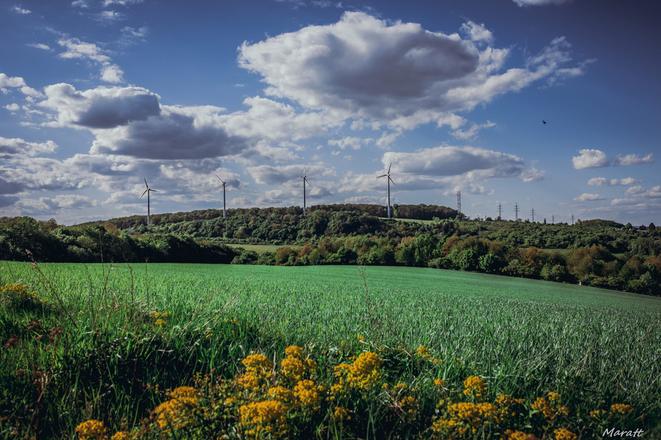While electricity consumption in Slovakia has more or less stagnated in recent years, demand for electricity is expected to rise rapidly on the heels of Slovakia’s decarbonisation plans. This is giving rise to investment opportunities in the construction of new power-generating facilities, infrastructure for electric cars, and in initiatives to make the national grid smarter.
There are plans to build new nuclear power facilities, both large power stations and small modular reactors, and to harness renewable sources at a bigger scope, as well as opportunities to make the whole energy ecosystem smarter.
“Energy is a dynamic sector shaping the future of the market in all business areas in terms of energy sources and the value chain,” Róbert Šimončič, head of the Slovak Investment and Trade Development Agency (SARIO), told The Slovak Spectator. “At the same time, it provides scope for research and development.”
In its ‘realistic’ scenario, the Economy Ministry expects electricity consumption to increase by around 50 percent by 2050 compared to 2020; its ‘ambitious’ scenario foresees a doubling in demand. In 2023, Slovakia consumed 26.5 TWh of electricity, according to data from the Slovak Electricity Transmission System (SEPS), the state-owned joint-stock company responsible for the operation of the transmission system.
“The main reasons behind the expected increase are the gradual decarbonisation of both the manufacturing and processing industries, the substitution of fossil fuel-based individual heating installations for heat pumps, the greater need for cooling, and the increase in electromobility,” Economy Ministry spokesperson Mária Pavlusík told The Slovak Spectator.
Demand will rise not only in Slovakia but also across Europe, she noted. The US Energy Information Administration has identified growing demand for electricity as a global trend, with the increase outstripping the rise in the world’s population.
“In particular, achieving zero emissions by 2050 will require a major shift towards decarbonised energy sources and electrification in various sectors,” said Pavlusík.


